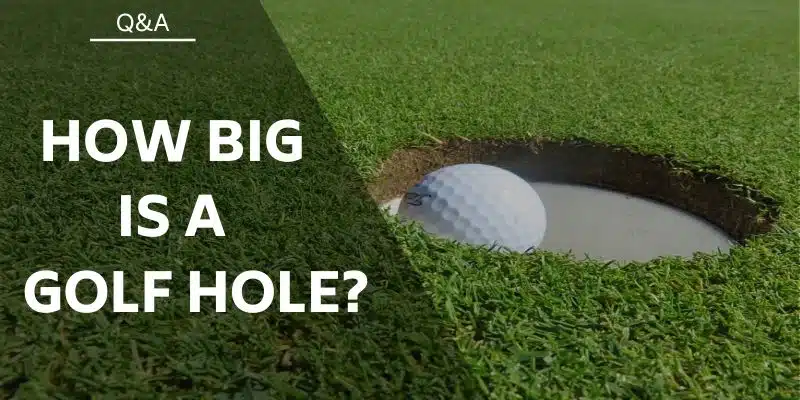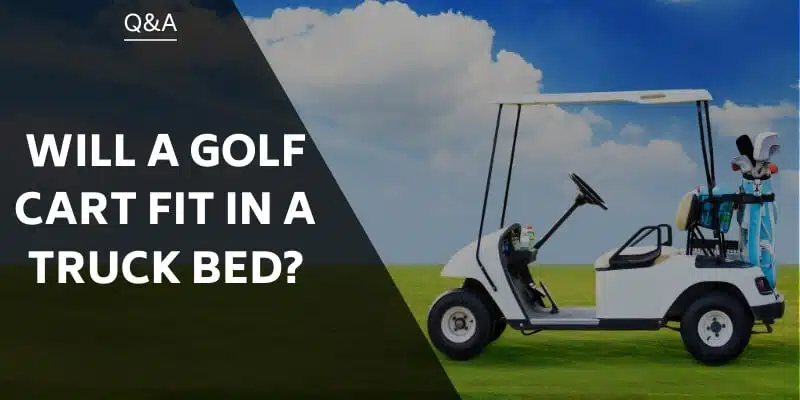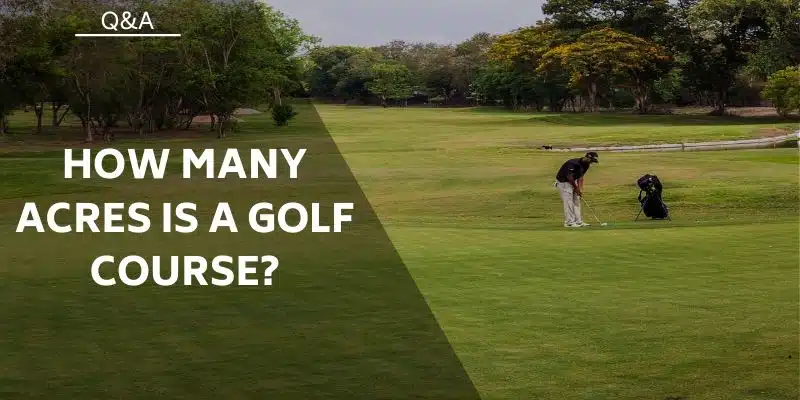There are many theories and myths out there in the marketplace about adjusting club lengths and golfers often question “do I need longer golf clubs?’
Most of these theories emanate from our golfing friends and members of our golf club.
Bryson De Chambeau has caused a new wave of ideas on shaft length and it has been so effective that the governing bodies are set to change the rules.
Although his iron lengths are all at 37,5 inches (standard 7-iron length) and the driver at 46 inches, even he cannot control them all the time.
Remember he hits hundreds of golf balls every day!
Most Popular Reasons for Increasing Shaft Length
Pros
- Increases distance.
- Wider swing arc.
Cons
- Loss of control.
- Changes stance distance from the ball.
- Lie angle changes.
- Shaft flex and swing weight change.
- Ball flight changes.
Taking the above into account, maybe a different approach should be adopted.
Professional Club Fitment
This is the answer to all the technical questions about increasing shaft length.
By going this route, it will improve every aspect of your swing and results on the course.
Most golf outlets and teaching professionals make use of the latest technology available to sell clubs and game-improvement ideas.
Listed below are the basic fundamentals that will remove the guesswork and determine the type of shaft and the length.
Posture
Posture is possibly one of the most important factors that will determine the outcome of every shot.
Stand with the feet together and tilt forward towards the ball from the hips keeping the back straight and chin up.
Let the arms hang freely straight down in front of the body and take a grip position with the hands only.
Ideally, the back of the left hand should be about 6-inches from the belt buckle. (right-hand golfers)
Stance
The feet should be shoulder-width apart with the weight evenly balanced.
Alignment
Think of shooting on a range.
If you don’t aim correctly, how can you possibly expect to hit the target?
But on a golf course, this is the least practiced fundamental when preparing to hit a shot.
The shoulders, hips, and feet should all be aligned parallel to our target on the fairway or green.
Hands
The position of the hands should be as natural as possible when holding a club at an address.
Not too high and not too low.
Lie Angle
The lie angle of the club is dictated by the height of the hands from the ground.
If the lie angle is toe-up or toe-down it will affect the strike and the direction of the shot.
By now you may be asking questions about what all this has to do with increasing shaft length?
The answer is simple: Everything.
Swing Plane
Your body and hands position to the ball will set this plane which is extremely important in striking the ball cleanly and consistently.
Shaft Flex
Shaft flex is another very important factor that will influence every shot played.
A most common problem is that golfers believe they are stronger than they are and go for stiff shafts.
Depending on your height, build and strength determine what shaft should be played.
Swing speed is another factor in determining the choice of the shaft.
Ball Flight
The shaft flex will influence the ball flight.
Understanding
All the factors mentioned above have an impact on your golf game and shaft length.
Let us discuss shafts concerning the cons mentioned earlier:
The shaft is the engine of the “car” and determines how far, straight and the trajectory of the ball flight.
Increasing the length of a shaft has the following effect:
- The dynamics of the shaft. The flex of the shaft changes if you lengthen or shorten the shaft.
- The swing-weight and balance will change effectively requiring the golfer to make adjustments to the swing.
- The lie-angle will change by forcing the golfer to stand closer or further from the ball at the address.
- And finally the real “kicker”, control.
Distance may be important, but will not win you games unless you can control the direction and flight of the ball.
Control and accuracy should and will be the factor that lowers the handicap and improves the all-around performance on the golf course.
Sure it is great to hit a 300-yard drive but in most cases, the ball ends in the rough or the bush.
A tall player or golfer who has an upright stance may require a slightly longer shaft.
The most common way of lengthening a shaft is by placing a “plug” in the top of the shaft which is covered by the grip.
See the chart below that gives an idea of the actual length of shaft required for the average player. (men)
Irons
Height Measurement of Wrist at Address to Floor Recommended Length
6ft-2 to 6ft-4 38 to 40 inches + 0,25 to 0,5
6ft-1 to 6ft-2 37 to 38 inches + 0,25
5ft-7 to 6ft-1 34 to 37 inches Standard
5ft-4 to 5ft-7 32 to 34 inches – 0,25
For shorter or taller players use the above chart to pro-rata the requirement.
A reduction of 1 inch is suggested for women golfers.
Drivers
The club that most golfers aspire to hit far and straight, is also the most difficult.
Modern technology has improved so much in recent years that the distances attained by professionals and good amateurs are scary!
To increase the swing arc, and thus the distance off the tee, longer shafts became fashionable.
But an interesting fact is that the average driver shaft length on the professional tour is 44,5 inches.
The simple explanation is that, while distance is important, accuracy and control win tournaments. (exclude DE Chambeau! )
Most shelf-stock in the retail stores of the popular brands is 45,5 inches.
Finding an optimal length to generate maximum, consistent clubhead speed is the challenge.
Fairway Metals and Hybrids
Use the Iron chart for suggested lengths.
Final Thoughts
All the factors mentioned in this article will help the player to determine whether lengthening the shaft, is the right way to go.
Irrespective of the decision take the time to test the new shaft on the range.
It is a fact that most amateurs hit and swing harder when testing indoors with a monitor showing distance and speed.
We just can’t help ourselves!
Finally, check all the points listed in a mirror at home to improve the setup.
Related Articles
- The 5 Best Golf Clubs For Short People – Find Clubs To Suit Your Height
- The 7 Best Golf Clubs For Tall People – Find Clubs To Suit Your Height
- How Many Degrees Of Loft Are Between Irons? Selecting the right club.
Nick is the founder of GolfSpan and an avid golfer. He's not quite a pro but has over 15 years of experience playing and coaching golfers worldwide. His mission is to bring the golfing community a better experience when it comes to choosing the right golf gear and finding the right setup for your game.






